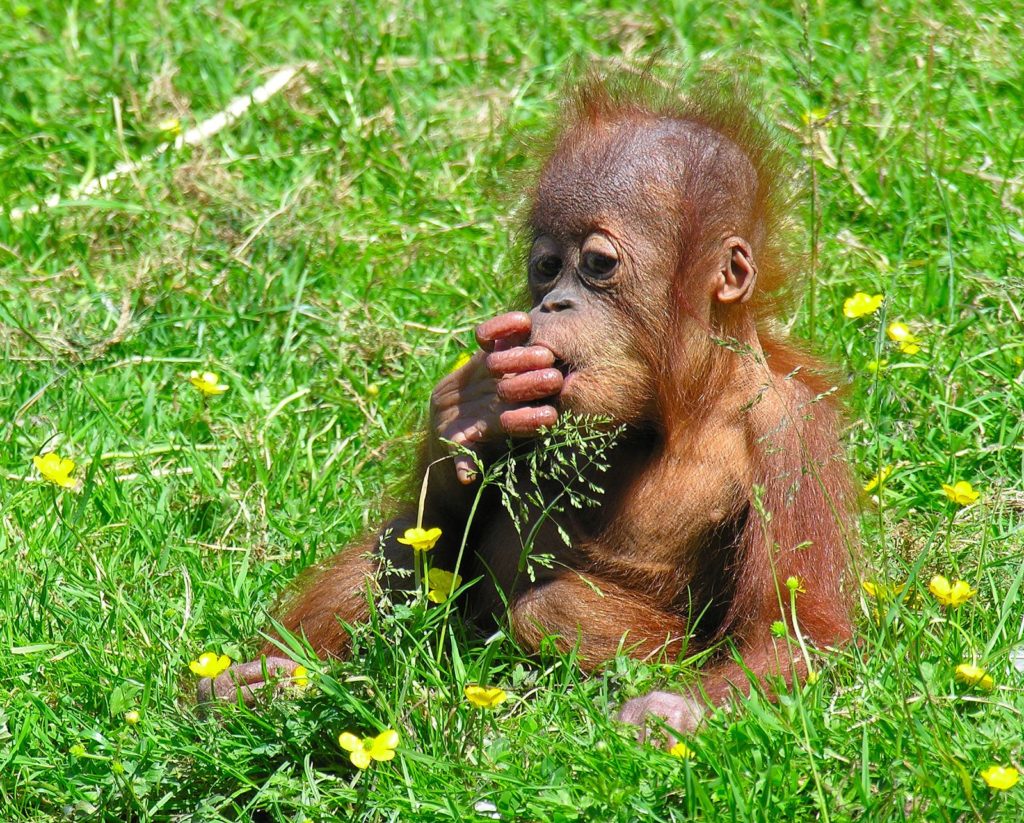
Orangutans – one of the planet’s most intelligent animals – can only be found in the wild on the Indonesian island of Sumatra and the island of Borneo, which is a land mass shared by Indonesia, Malaysia and Brunei. And for years conservationists have been warning that measures put in place to protect orangutans have been failing. And they were correct. It was recently declared that orangutans are officially headed for extinction.
Sumatran orangutans have been listed as critically endangered for almost two decades. And just recently, following an assessment by the International Union for the Conservation of Nature, the Bornean orangutan is now also listed as critically endangered. According to the IUCN, all orangutans have an “extremely high risk of extinction in the wild.”
Bornean orangutan populations have decreased by nearly two-thirds since the early 1970s; Sumatran orangutan populations have also decreased dramatically in the past century, with fewer than 7,300 left in the wild today.
Experts blame deforestation and hunting as the two major forces driving orangutans towards extinction. The forest-dwelling orangutans’ habitat, the Sumatran and Bornean rainforests, are being cleared for palm oil production at a rapid pace. In fact, the forests of Indonesia and Malaysia are projected to disappear entirely in 20 years if deforestation is not curbed. As for hunting, it’s estimated that 2-3 thousand Bornean orangutans have been killed each year for the past four decades.
While the future for orangutans appears grim, extinction is not necessarily a foregone conclusion – according to the IUCN. To learn ways in which you can help save this species, visit the World Wildlife Fund online or find the link on our website: earthwiseradio.org
**********
Web Links
Orangutans Are Now One Step Closer To Extinction
Photo, posted June 20, 2005, courtesy of the Chester Zoo via Flickr.
‘The Plight of Orangutans’ from Earth Wise is a production of WAMC Northeast Public Radio.